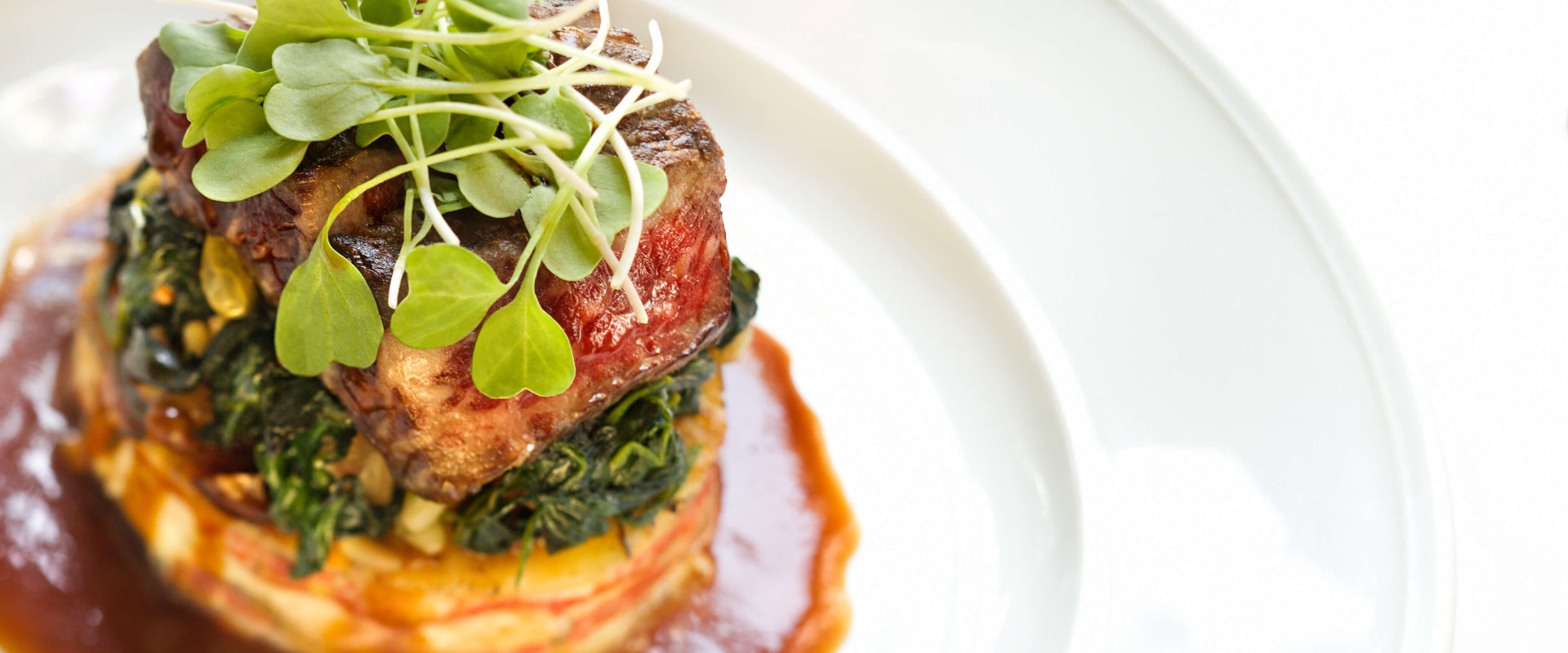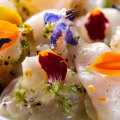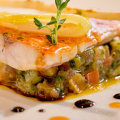Eugénie Brazier (1895-197), known as the “mother of modern French cuisine”, was the first woman to win three Michelin stars and the first female chef to earn six stars simultaneously. Marie-Antoine Carême, alias Antonin Carême, (born on June 8, 1784 in Paris, France and died on January 12, 1833 in Paris), French chef who served European royalty, wrote several classic works on cooking and promoted the notion of cooking as art and science. He is often cited as the founder of French cuisine and was a pioneer of great cuisine. Carême was born into a poor family.
He began his career at age 15 as a kitchen assistant in a Parisian restaurant, but soon went on to work in a trendy pastry shop, or pastry shop, frequented by Charles-Maurice de Talleyrand. Carême's elaborate sculpted candies made their way to Napoleon's own table. Later, Carême became the chef of Talleyrand (12 years old), of the Prince Regent (the future George IV) of Great Britain (2 years old) and, briefly, in succession, of Tsar Alexander I of Russia, the Court of Vienna, the British Embassy in Paris, the Prince of Württemberg, the Marquis of Londonderry and Princess Bagration. He then spent seven years with Baron de Rothschild on his estate in Ferrières.
Carême's ideas, which included an emphasis on the ingenious presentation of dishes and the use of fresh ingredients, became popular in restaurants across Europe, especially in France, where the French Revolution contributed to the development of restaurants, as chefs from the deposed aristocracy were looking for work. Rich in butter and cream, luxurious, decorative and extremely demanding, this style of cooking is called grand cuisine francaise or haute cuisine, and it continues to influence cuisine around the world. It is known that he rejected the French Legion of Honor on the grounds that the medal should be awarded for doing more important things than cooking well and doing the job as you are supposed to do. He is best known today for the spectacular sugar, marzipan and pastry sculptures he designed and built called pièces montées, which still exist in haute cuisine, but are now more commonly made with chocolate.
Carême's true legacy grew out of his systematization, rationalization and professionalization of French cuisine at the beginning of the 19th century. He was the first to distinguish this rich, meat-rich, decorative and more laborious cuisine from regional French home cooking, and the first to catalog and organize it so that future generations could easily understand it. Carême's work is one of the main reasons why French cuisine has reached almost every country in the world and is still the dominant cuisine in haute cuisine today. Another century would pass and another chef Escoffier would pass before the systematization of French haute cuisine was completed and before future generations appreciated Carême's work on the salty side of cooking.
A French pastry shop in the middle of the 18th century, a few decades before Carême began her internships. He opened his first restaurant in Lyon at the age of 26 and his star soon rose with his brand of simple, elegant and very French food. Not many images remain of “Eugénie Brazier”, the first woman to obtain three Michelin stars and the first person to earn six, of the iconic French chef working, but here are a few. It was in his series of manuals that Carême created the concept of the four mother sauces, recipes that represent a distillation of the basic elements of French cuisine.
French cuisine is still one of the best documented in history and, although names such as Escoffier, Soyer, Point, Vergé and Bocuse are used (and, in fact, they are important in their own right), Carême was the original master of haute cuisine.




Leave Reply